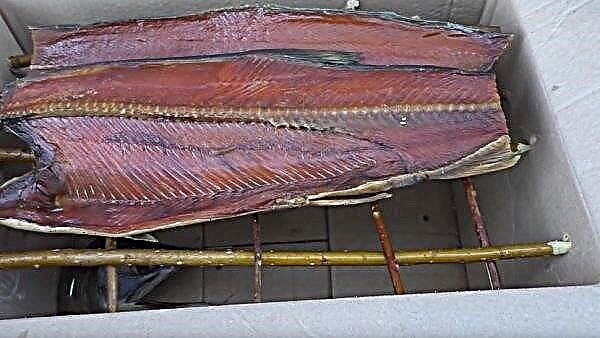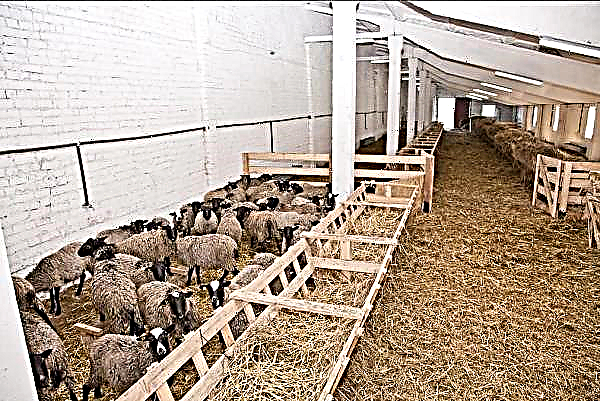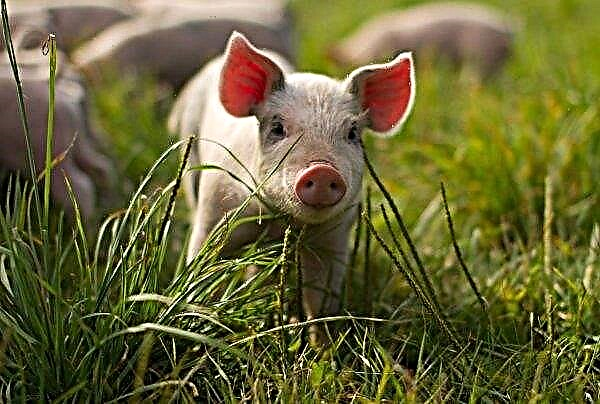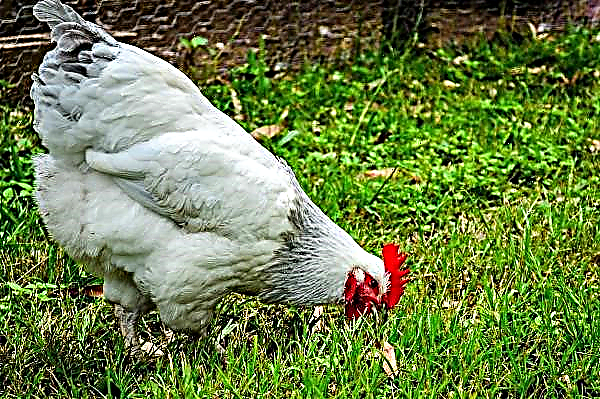The exclusion zone was comfortable for Red Book horses. Their population in Chernobyl has grown several times.This was reported in the State Agency for Management of the Exclusion Zone. From Poland - scientists from the Warsaw University of Nature.
For many years this group of scientists has been observing Przewalski’s horses in Chernobyl. Zoologists say that horses not only do not leave the infected area, but also successfully master it. Przewalski's horses are the last wild horses on the planet. Now there are only 2000 of them in the world. All of them are descendants of 11 horses captured in Dzungaria (this is the north-west of China) at the beginning of the 20th century and one domestic horse.
In Soviet times, the largest number of these horses was in the Ukrainian reserve Askania-Nova. The founder of the reserve, Friedrich Falz-Fein, in fact, organized an expedition to catch horses in China. In 1998, 20 horses from Askania-Nova were transferred to the exclusion zone as an experiment. Once in the wild, horses began to breed successfully. Over 20 years, their population increased to 110 individuals, although it could have been more - poachers have tried.
In 1998, 20 horses from Askania-Nova were transferred to the exclusion zone as an experiment. Once in the wild, horses began to breed successfully. Over 20 years, their population increased to 110 individuals, although it could have been more - poachers have tried.
In the wild, the horse has not been seen since 1969 (this was in Mongolia). This unique animal is exterminated by man. Their population was especially reduced during World War II. Now many countries are trying to integrate Przewalski’s horse into the wild. Such projects are in Mongolia, China, Russia. In the Red Book, the animal has the status of "on the brink of extinction."












